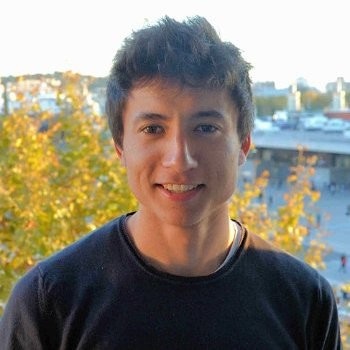Seminar by Andrés Gúrpide, PhD in Astrophysics (University of Southampton)

February 23 2022, 2:15 P. M.
Abstract: “What happens when a compact object is fed at mass-transfer rates exceeding the classical Eddington limit is still poorly understood. After decades of observations, there is now firm evidence supporting Ultraluminous X-ray sources (ULXs) as stellar-mass compact objects accreting at super-Eddington rates, offering an accessible observational template to study the feedback and efficiency of this accretion regime. Much like a scaled-down version of an accreting supermassive black hole, the copious amounts of radiation and outflows these mighty sources produce can ionize large nebulae of gas extending hundreds of parsecs in size, which can be used to constrain the properties of the accretion flow close to the source. In this talk, I will first give a brief introduction on super-Eddington accretion and review all the observational evidence we have supporting ULXs as stellar-mass compact objects accreting at super-Eddington rates, including our recent discovery of recurrent spectral patterns in two archetypal ULXs. Then, I will highlight what open questions can be addressed studying these large-scale nebulae and focus on how we are using the state-of-the-art Multi-Unit Spectroscopic Explorer, an Integral Field Unit observing in the visible range, to analyze in unprecedented level the feedback induced by the ULX on the environment. In particular, I will focus on the detection of a new bubble around the well-known ULX NGC 1313 X-1 and constraints on the morphology and energetics of the bubble around NGC 1313 X-2. Finally, I will conclude with some ideas going forward that could help us test our understanding of super-Eddington accretion”.
Google Meet Link: https://meet.google.com/ots-rija-hyc